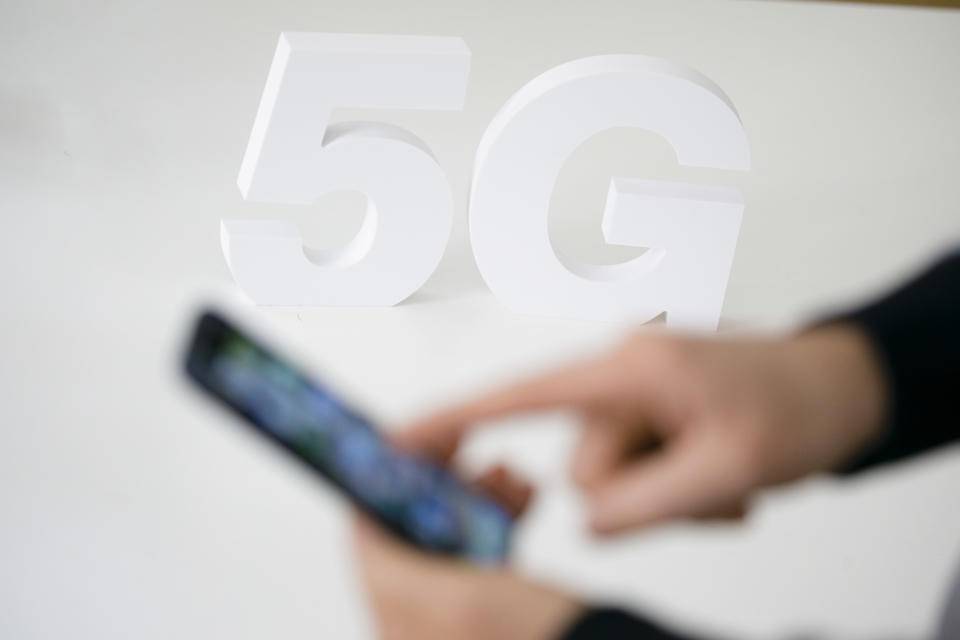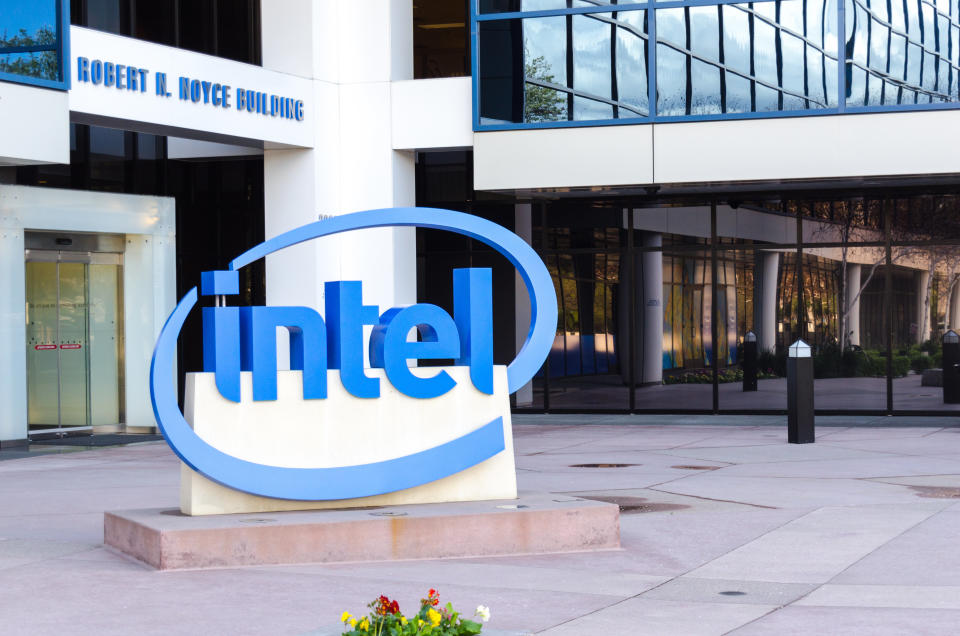Here's what the Apple-Qualcomm truce means for you
Apple (AAPL) and Qualcomm (QCOM) have officially reached a settlement in their long-running and acrimonious patent dispute. The move came as a surprise to nearly everyone who has followed the years-long drama, as the companies announced their decision to settle shortly after wrapping up opening arguments in a California trial that was just one front in their patent dispute.
The fight between the two tech titans came down to Apple's assertion that Qualcomm was gouging it over patent royalties and requiring fees for technologies included in phones even when they weren’t using Qualcomm products. Qualcomm, meanwhile, accused Apple of patent infringement.
The settlement — which resolves several cases around the world — means that Apple will pay Qualcomm an undisclosed amount and pay an undisclosed amount of royalties on Qualcomm’s patents for six years. It's the chip agreement, though, that is most important for Apple, because it means the company may be able to sell 5G-capable iPhones sooner than previously expected.
But Apple is also notorious for holding off on adding new technologies to its devices until all of the kinks are worked out. In other words, don't expect this settlement to get you a 5G iPhone any time soon.
Apple and Qualcomm come together
Apple and Qualcomm settling their dispute seemed unthinkable a few months ago. The companies' bitter fight stretched from the U.S. to as far as Germany and China. Suits in those countries led to certain models of the iPhone being banned from stores, though China never seemed to really enforce the ban.

The U.S. International Trade Commission also sided with Qualcomm in a patent dispute, and recommended that some iPhones be banned from being imported to the U.S. A second, separate ITC ruling, however, did not call for a ban on iPhones.
But the settlement puts an end to all of those disputes, meaning both companies are finally in the clear.
What's more, Apple can now begin using Qualcomm's 5G modems to produce 5G iPhones, something that has vexed Apple since the legal tug-of-war broke out.
Using Intel's 4G LTE modems in iPhones was an easy solution for Apple when the patent fight with Qualcomm broke out. But Intel didn't have any 5G options available, and was developing the new chips from scratch. Apple also had the option of building its own chips, but that would have proven costly and taken too much time.
Qualcomm, meanwhile, is well on its way in the 5G race, meaning it was the only real choice Apple ever had for quickly getting 5G modems into its iPhones. Sure, Huawei CEO Ren Zhengfei said that his company was open to working with Apple, but there was no chance Apple was going to risk working with the Chinese firm, and potentially fall out of favor with the U.S. government.

So Apple now has its gateway to 5G connectivity, but that doesn't mean we'll see a 5G-capable iPhone any time soon.
When we'll see a 5G iPhone
5G connectivity is touted as a kind of wonder technology that will change the world. And that's not much of an exaggeration. The increased bandwidth and reduced latency of 5G will open new doors to innovation similar to how 4G LTE launched the app economy.
But Apple won't necessarily jump to put 5G in into their next iPhones just because it will have access to them.
Apple has never been the kind of company to charge headfirst into the latest tech trend. And with the company likely finishing up its 2019 iPhone already, the soonest we'd see a 5G iPhone would be 2020.
Apple, however, could still let that slip to 2021, and it wouldn't be too much of an issue. Remember, Apple debuted its first 4G LTE-equipped iPhones much later than many of its rivals launched their own LTE devices, in order for the company to work out any potential issues with its modems.
And there's a good chance that's what we'll see with 5G, as well.
"Apple has the influential power to drive and accelerate trends," explained Tuong Nguyen, a senior principal analyst at the industry research firm Gartner. "This means it’s possible that we see an earlier introduction of an 5G iPhone, but [that's] unlikely."
Nguyen points to the fact that Apple prides itself on providing customers with the best user experience, which won't be possible until the nation's carriers dramatically expand the rollout of their 5G networks. Think of it this way: If you buy a 5G smartphone, but you can't get on a 5G network when you want, you're likely going to blame your phone before you blame the carrier running that network.
By that line of thinking, Apple would likely benefit by holding off on releasing a 5G iPhone right away.
"If you look at what Apple did with 3G and 4G, the story unfolds the same way—other phone vendors launched their devices first and Apple launched their version when they felt the networks were ready to deliver the experience they wanted for their users," Nguyen said.
So while the Apple and Qualcomm settlement is good news for both companies, don't expect consumers to see the benefits quite yet.
More from Dan:
Apple iMac review: Unchanged on the outside, big improvements inside
How Disney+ compares to Netflix, Amazon Prime Video and Hulu
Email Daniel Howley at [email protected]; follow him on Twitter at@DanielHowley. Follow Yahoo Finance on Facebook, Twitter, Instagram, andLinkedIn.www.webdesignerhoster.com/
